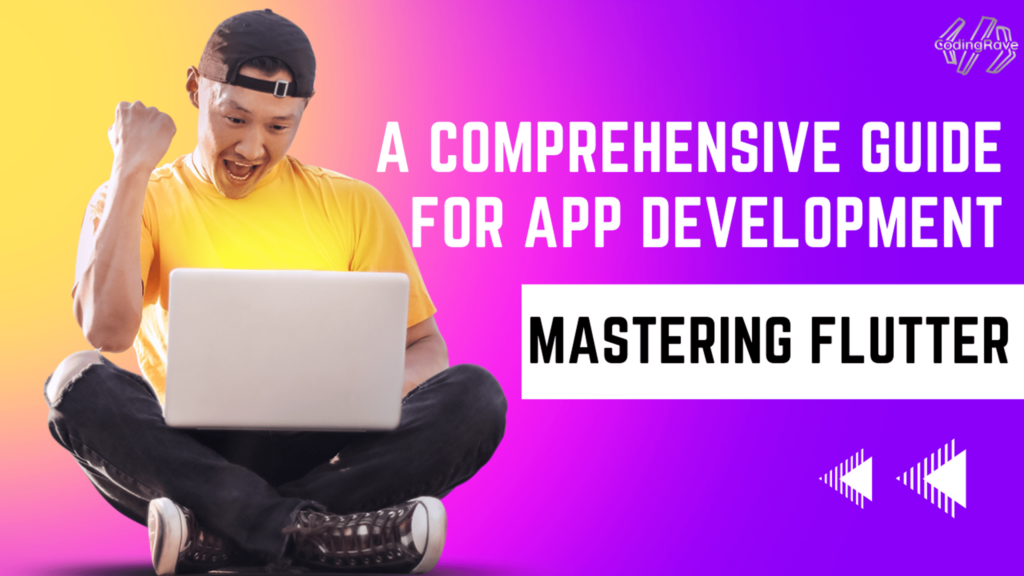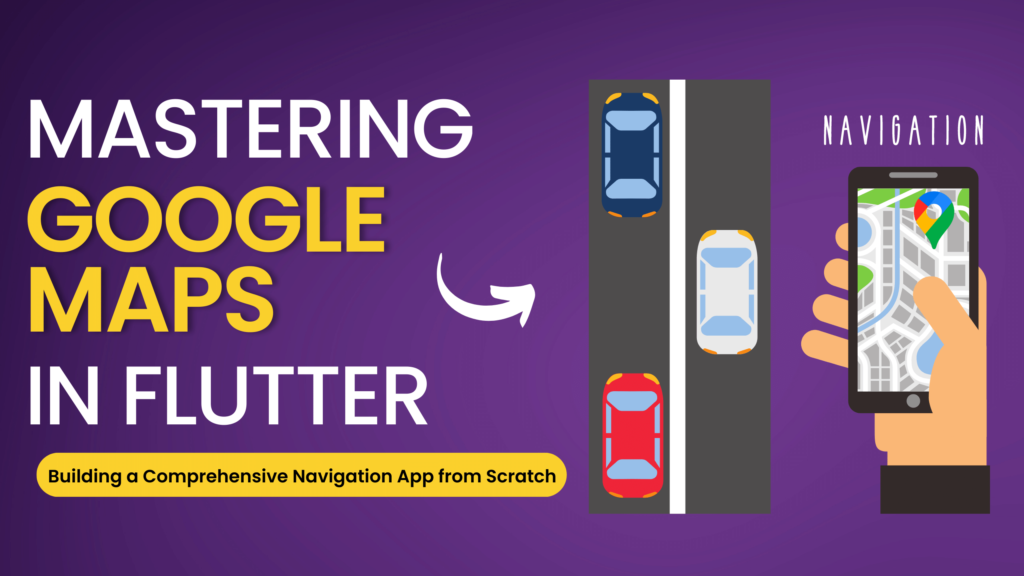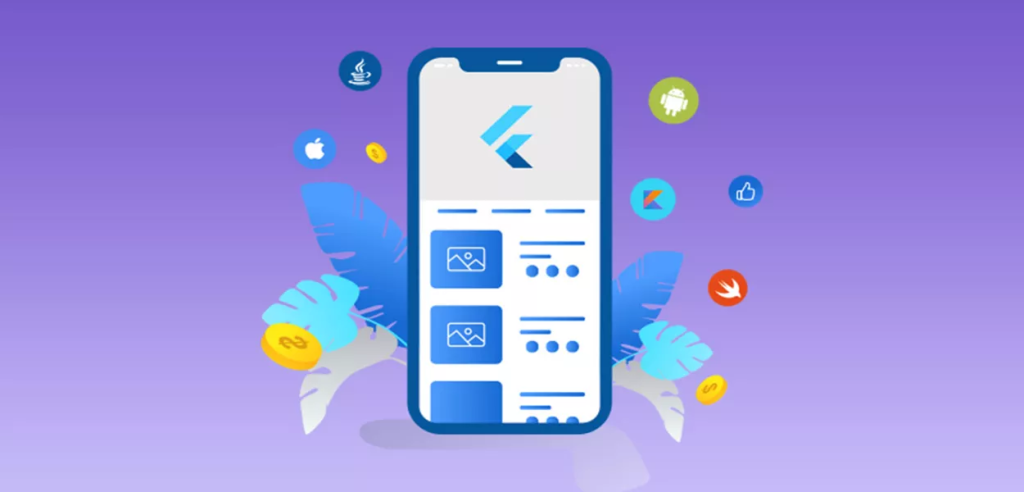In the realm of cross-platform mobile application development, Flutter has emerged as a game-changer. Developed by Google, Flutter allows developers to write code once and deploy it on multiple platforms, including Android and iOS. It’s known for its fast development, expressive UI, and native performance.
However, as your application grows in complexity, managing and maintaining the codebase can become a challenge. This is where the concept of modularity comes into play. Modularity, in the context of software development, is the degree to which a system’s components may be separated and recombined. It promotes separation of concerns, code reusability, and maintainability.
Interestingly, this concept of modularity aligns with the philosophy of microservices in backend development. In a microservices architecture, an application is built as a suite of small services, each running in its own process and communicating with lightweight mechanisms. These services are built around business capabilities and are independently deployable.
Drawing a parallel to Flutter development, we can think of each package as a mini-service or module within the app. Each package is independent, reusable, and serves a specific functionality. This package-based approach can bring in the same level of efficiency, scalability, and robustness that microservices bring to backend development.
In the following sections, we will delve deeper into this approach and explore how to effectively implement package-based development in Flutter.
Understanding Packages in Flutter
In the Flutter ecosystem, packages play a crucial role. But what exactly are packages?
Packages in Flutter are modular, reusable, and independent pieces of code that can be incorporated into any Flutter project. They are similar to libraries in other programming languages. A package can range from simple utilities like date formatters to complex systems like network libraries or custom UI widget libraries.
Each package in Flutter has its own namespace and dependencies, which means it can be developed, updated, and distributed independently of the main application. This independence is a key aspect of modularity, as it allows developers to isolate different functionalities of their app into separate packages.
This package-based approach promotes modularity in several ways:
- Code Reusability: Once a package is created, it can be used across multiple projects. This not only saves development time but also promotes consistency across projects.
- Separation of Concerns: Each package serves a specific functionality. This clear division of responsibilities makes the codebase easier to understand, maintain, and test.
- Scalability: As your application grows, you can simply add more packages instead of bloating your existing code. This makes your application more scalable and manageable.
- Collaboration: Different teams can work on different packages simultaneously, improving development speed and efficiency.
In essence, packages in Flutter serve as building blocks for your application, each with its own specific role, working together to create a complete, functional app. This approach is akin to the microservices architecture in backend development, where each service is independent yet contributes to the overall functionality of the system.
The Microservices Approach to Flutter Development
In the world of backend development, the microservices architecture has revolutionized the way we structure and develop applications. It involves developing an application as a suite of small services, each running in its own process and communicating with lightweight mechanisms. Each service is built around business capabilities and is independently deployable.
Now, imagine applying this same principle to Flutter development. Instead of building your Flutter app as a monolithic entity, you structure it as a collection of independent packages, where each package is akin to a “service” in the microservices architecture. This is the essence of the microservices approach to Flutter development.
Here’s how you can structure a Flutter app using this approach:
- Identify the Modules: Break down your application into logical modules. Each module should represent a distinct functionality of your application.
- Create Packages: For each module, create a separate Flutter package. This package will contain all the code, resources, and dependencies related to that module.
- Develop Independently: Develop each package independently. This means that the development, testing, and debugging of each package can be done separately from the rest of the application.
- Integrate Packages: Once all packages are developed, they can be integrated into the main application. The main application then becomes a collection of packages, each serving a specific functionality.
This approach to Flutter development offers several benefits:
- Improved Maintainability: Since each package is developed and maintained independently, it becomes easier to manage and maintain the codebase. Changes to one package do not affect others, reducing the risk of bugs.
- Enhanced Scalability: As your application grows, you can simply add more packages. This modular structure makes your application more scalable.
- Increased Reusability: Packages developed for one project can be reused in other projects. This not only saves development time but also ensures consistency across projects.
- Faster Development: Different teams can work on different packages simultaneously, speeding up the development process.
By adopting a microservices approach to Flutter development, you can build applications that are robust, scalable, and easy to maintain. It’s a paradigm shift that can take your Flutter development to the next level.
Implementing Package-Based Development in Flutter
Implementing a package-based or modular approach in Flutter involves creating separate packages for different functionalities of your app. Here’s a step-by-step guide on how to do this:
1. Creating a Package
To create a new package in Flutter, you can use the flutter create --template=package command followed by the package name. This command creates a new directory with the package name, which includes a lib directory for your Dart code, a test directory for your test cases, and a pubspec.yaml file for specifying package metadata and dependencies.
flutter create --template=package my_package2. Structuring the Package
Each package should have a lib directory where all the Dart code resides. It’s a good practice to further divide this directory into subdirectories based on the type of code (models, views, controllers, etc.). This helps in organizing the code and makes it easier to navigate through the codebase.
3. Adding Dependencies
If your package depends on other Flutter packages, you can specify them in the pubspec.yaml file under the dependencies section. It’s important to specify the correct version of the dependency to avoid version conflicts. The pub get command can be used to fetch the specified dependencies.
dependencies:
flutter:
sdk: flutter
some_other_package: ^1.0.04. Developing the Package
You can now start developing your package. Remember, each package should be self-contained and independent. This means that it should not rely on global state or other packages. Instead, any interaction with the outside world should be done through well-defined interfaces.
5. Using the Package
To use the package in your main Flutter app, you need to add it as a dependency in the pubspec.yaml file of your app. If the package is local to your project, you can use a relative path. Once the package is added as a dependency, you can import and use its public APIs in your app.
dependencies:
my_package:
path: ../my_package6. Communication Between Packages
Packages can communicate with each other through interfaces. You can define public classes and methods in one package that can be used in another package. This allows for loose coupling between packages, making it easier to change or replace packages without affecting others.
7. Error Handling
Each package should handle its own errors and exceptions. This makes debugging easier and reduces the risk of unexpected crashes in other parts of the app. It’s a good practice to provide meaningful error messages and to fail fast, so that errors can be detected and fixed early.
8. Testing
Finally, each package should have its own set of unit tests. This ensures that the package works as expected and makes it easier to catch and fix bugs. Flutter provides a powerful testing framework that allows you to write unit tests, widget tests, and even integration tests.
By following these steps, you can implement a package-based architecture in your Flutter app, making it more modular, maintainable, and scalable. Remember, the key to this approach is to ensure that each package is independent and serves a specific functionality in your app.
Case Study: Building a Modular Flutter App
Let’s build a simple Flutter app using the microservices approach. Our app will have two features: User Authentication and Todo Management. Each feature will be implemented as a separate package.
1. Creating the Packages
We’ll start by creating two packages: user_auth and todo_manager.
flutter create --template=package user_auth
flutter create --template=package todo_manager2. Developing the User Authentication Package
In the user_auth package, we’ll implement a simple user authentication system. For simplicity, let’s assume it provides a function to check if a user is authenticated.
// lib/user_auth.dart
class UserAuth {
bool isAuthenticated(String userId) {
// For simplicity, let's assume all users are authenticated
return true;
}
}3. Developing the Todo Manager Package
In the todo_manager package, we’ll implement a simple todo management system. It will provide functions to add a todo item, remove a todo item, and get all todo items.
// lib/todo_manager.dart
class TodoManager {
List<String> _todos = [];
void addTodo(String todo) {
_todos.add(todo);
}
void removeTodo(String todo) {
_todos.remove(todo);
}
List<String> getTodos() {
return _todos;
}
}4. Integrating the Packages into the Main App
Now, we’ll create a new Flutter app and add these packages as dependencies.
dependencies:
user_auth:
path: ../user_auth
todo_manager:
path: ../todo_managerIn the main app, we can now use the functionalities provided by these packages.
import 'package:user_auth/user_auth.dart';
import 'package:todo_manager/todo_manager.dart';
void main() {
UserAuth userAuth = UserAuth();
TodoManager todoManager = TodoManager();
if (userAuth.isAuthenticated('user1')) {
todoManager.addTodo('Buy milk');
}
}This is a simplified example, but it demonstrates the concept of package-based development in Flutter. Each package is developed independently and integrated into the main app, promoting modularity, reusability, and maintainability. As the app grows, more packages can be added without affecting the existing ones, making the app scalable.
Best Practices for Package-Based Development
Adopting a package-based development approach in Flutter can significantly improve the scalability and maintainability of your codebase. However, to fully leverage the benefits of this approach, it’s important to follow certain best practices:
- Clear Separation of Concerns: Each package should have a clear and distinct responsibility. This makes it easier to understand, test, and maintain each package.
- Consistent Naming Conventions: Use consistent naming conventions across all packages. This makes it easier to navigate through the codebase and understand the purpose of each package.
- Document Your Code: Good documentation is crucial in a package-based architecture. It helps other developers understand the purpose of each package and how to use it.
- Version Your Packages: If you’re planning to reuse packages across different projects, it’s a good practice to version them. This allows you to track changes and manage dependencies more effectively.
- Test Each Package Independently: Each package should have its own set of tests. This ensures that the package works as expected and makes it easier to catch and fix bugs.
- Handle Errors Locally: Each package should handle its own errors and exceptions. This prevents errors from propagating to other packages and makes debugging easier.
- Avoid Circular Dependencies: Circular dependencies between packages can make your codebase complex and difficult to maintain. Try to keep your package dependencies as linear as possible.
- Keep Packages Small and Focused: A package should do one thing and do it well. Keeping packages small and focused makes them easier to understand, test, and reuse.
- Use Interfaces for Communication: Packages should communicate with each other through well-defined interfaces. This ensures loose coupling between packages and makes it easier to replace or modify a package without affecting others.
By following these best practices, you can maintain a healthy, scalable, and efficient package-based codebase in Flutter. Remember, the key to successful package-based development is modularity and independence. Each package should be a self-contained unit of functionality that can be developed, tested, and deployed independently.
Conclusion
In this article, we’ve explored a new approach to Flutter development, drawing inspiration from the world of backend development and the microservices architecture. By treating each package as an independent “service” within our Flutter app, we can bring in a level of modularity, scalability, and maintainability that can revolutionize the way we build apps in Flutter.
This package-based or microservices approach to Flutter development promotes separation of concerns, code reusability, and independent development and testing. It allows us to build applications that are robust, scalable, and easy to maintain. It’s a paradigm shift that can take your Flutter development to the next level.
As with any new approach, it’s important to experiment and find what works best for your specific needs. So, I encourage you to try out this approach in your own Flutter projects. Start small, perhaps by separating one feature of your app into a package, and gradually move towards a fully modular codebase. Remember, the journey of a thousand miles begins with a single step.
Happy coding!





